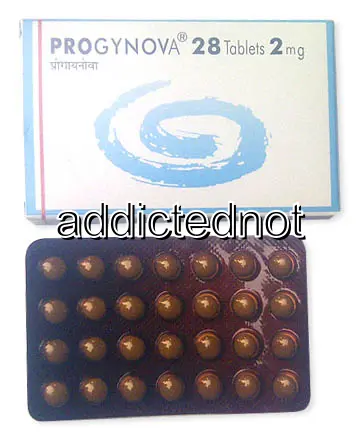| Package | Dosage | Price | Price per Dose | |
|---|---|---|---|---|
| Dosage: 1mg | ||||
| 140 pill | 1mg | $235.03 | $1.67 | |
| 112 pill | 1mg | $196.14 | $1.76 | |
| 84 pill | 1mg | $157.25 | $1.88 | |
| 56 pill | 1mg | $108.21 | $1.94 | |
| 28 pill | 1mg | $62.55 | $2.23 | |
| Dosage: 2mg | ||||
| 140 pill | 2mg | $378.77 | $2.71 | |
| 112 pill | 2mg | $317.89 | $2.84 | |
| 84 pill | 2mg | $253.63 | $3.03 | |
| 56 pill | 2mg | $170.77 | $3.04 | |
| 28 pill | 2mg | $94.68 | $3.38 | |

Estradiol Description
Overview of Estradiol
Estradiol is a vital hormone primarily known for its role in the development and regulation of the female reproductive system. It is a form of estrogen, a naturally occurring hormone that influences various bodily functions. In medical treatment, synthetic or natural estradiol is often prescribed to manage hormonal imbalances, menopausal symptoms, and other health conditions related to estrogen deficiency. Its effectiveness and safety make it one of the most commonly used hormonal therapies worldwide.
Uses and Benefits
One of the main uses of estradiol in medical practice is hormone replacement therapy (HRT) for women experiencing menopause. During menopause, the body's production of estrogen declines, leading to symptoms like hot flashes, night sweats, vaginal dryness, and mood swings. Estradiol helps alleviate these symptoms by restoring estrogen levels to more youthful levels. Additionally, estradiol is used in hormonal therapy for transgender women to promote the development of female secondary sexual characteristics.
Beyond menopause and transgender health, estradiol is used to treat certain hormonal imbalances, osteoporosis prevention, and some cases of amenorrhea. Its ability to support bone density is particularly valuable in reducing the risk of fractures in postmenopausal women. When used properly, estradiol can significantly improve quality of life for patients experiencing estrogen deficiency.
Formulations and Administration
Estradiol is available in various forms, including oral tablets, transdermal patches, gels, gels, creams, vaginal rings, and injections. The choice of formulation depends on the patient's condition, preferences, and medical advice. Transdermal patches and gels are preferred for some women because they offer a steady release of hormone and may have fewer side effects compared to oral forms. The correct dosage and administration schedule are crucial to achieve optimal benefits while minimizing risks.
Potential Side Effects and Risks
While estradiol is effective, it can cause side effects in some individuals. Common side effects include breast tenderness, nausea, headaches, and fluid retention. In some cases, women may experience irregular bleeding or spotting. More serious risks involve blood clots, stroke, and an increased risk of certain cancers, especially when used long-term or in higher doses. It is essential for patients to discuss their medical history thoroughly before starting therapy and to have regular check-ups during treatment.
Women with a history of cardiovascular disease, blood clotting disorders, or hormone-sensitive cancers should approach estradiol therapy with caution. Healthcare providers weigh the benefits against potential risks to decide whether estradiol is appropriate.
Precautions and Considerations
Prior to starting estradiol, patients should undergo a comprehensive medical assessment. Regular monitoring including blood pressure, uterine health, and, if applicable, cancer screenings are recommended during therapy. It’s crucial to follow the prescribed dosage and not to abruptly stop medication without consulting a healthcare professional. Lifestyle modifications, such as maintaining a healthy weight and avoiding smoking, can also reduce the risks associated with estrogen therapy.
